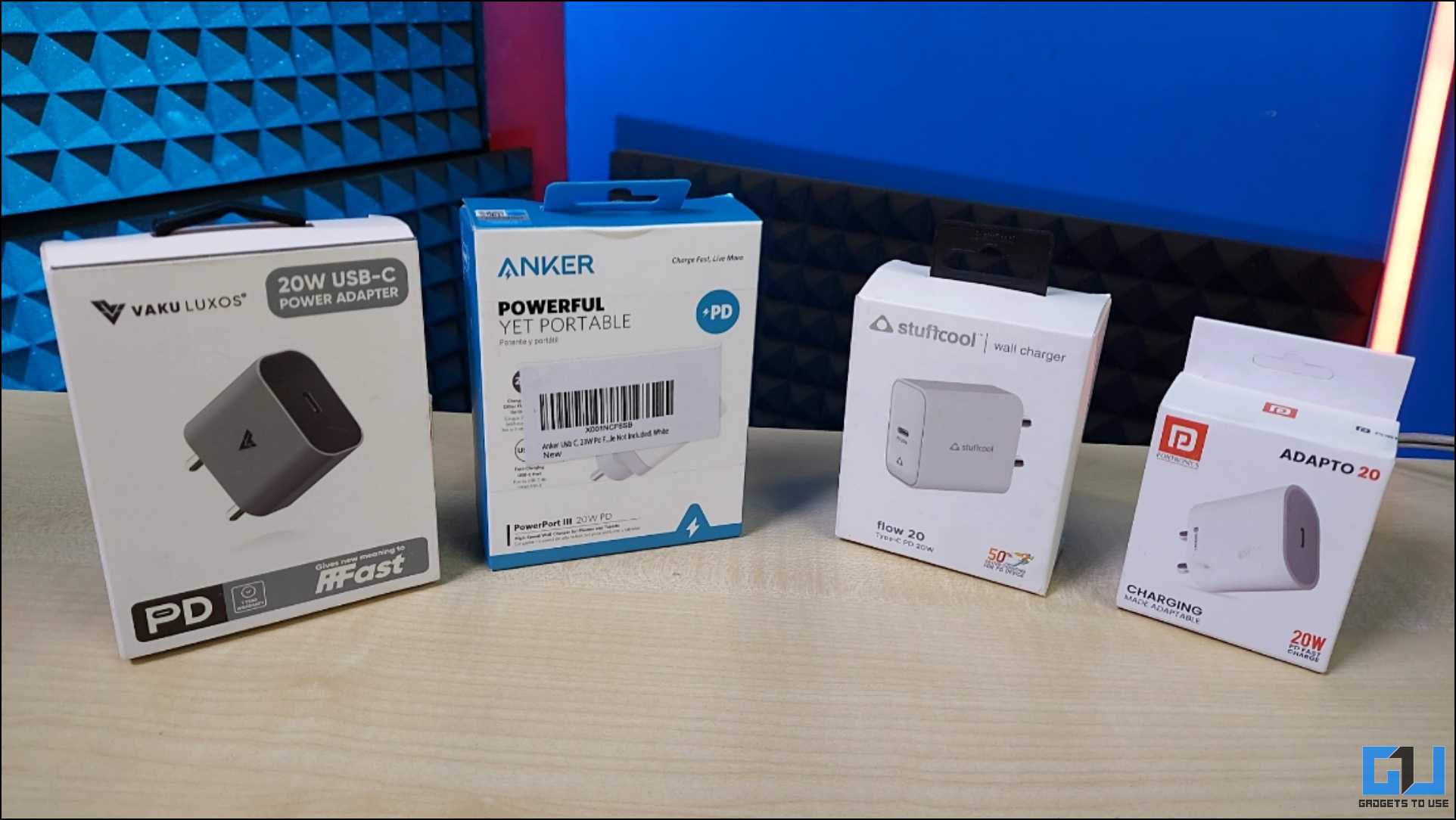These days, consumers are willing to buy smartphones that are solid despite their pricing. Realizing this need of the users, handset makers are launching devices that are impressive with reasonable pricing. Besides being packed with aspiring specs, some of these phones also come with solid build and also feature some incomparable aspects that make them unique among those phones in the same range. Motorola has rolled out the Moto E in the entry-level market segment priced at Rs 6,999 with customization options including interchangeable back panels. Another noteworthy mention is the Xolo A510S that packs a solid design with a metallic build and striking looks bearing the price tag of RS 7,499. Now, here is a comparison between these two smartphones.
Display and Processor
The newly launched Moto E is given a 4.3 inch display housing qHD resolution of 960×540 and a regular pixel density of 256 pixels per inch. It is layered with Corning Gorilla Glass 3 protection that can avoid scratches and damage due to everyday use.
Xolo A510s is fitted with a 4 inch IPS display panel that boasts FWVGA resolution of 480×854 pixels that results in an average pixel density of 245 pixels per inch. The IPS LCD display panel delivers wide viewing angles, enhanced response times and good quality color reproduction. Also, there is OGS (One Glass Solution) paves way for added protection.
Talking of processing power, Moto E is stuffed with a dual-core Qualcomm Snapdragon 200 processor clocked at 1.2 GHz, whereas Xolo A510S is powered by a 1.3 GHz dual-core MediaTek MTK6572 processor. Furthermore, both the smartphones are equipped with a standard 1 GB of RAM aboard that can guarantee moderate multi-tasking expected from the entry-level devices.
Camera and Internal Storage
On the imaging segment, the Moto E features a basic 5 MP primary camera at its rear but it misses out other necessities such as auto focus and LED flash alongside a front-facing camera. Xolo A510S on the other hand incorporates a 5 MP rear snapper with LED flash and a VGA front-facer for making basic video calls. Though these camera units could be disappointing for those users who prefer good photography features, they are acceptable for entry-level phones in the sub Rs 8,000 price range.
In terms of storage, both Moto E and Xolo A510S are the identical with a mere 4 GB of onboard storage that can be further expanded up to 32 GB with the help of a micro SD expansion card slot.
Battery and Features
The Moto E includes a 1,980 mAh battery that can deliver a decent backup of one day under normal usage. In comparison, the Xolo offering is fitted with a 1,400 mAh battery that is rated to provide a backup of 13 hours of talk time.
While Motorola has given Android 4.4 KitKat to the Moto E, Xolo A510S is still stuck with the Android 4.2 Jelly Bean operating system. On the connectivity front, both have standard aspects such as Wi-Fi, GPS, 3G, Bluetooth and micro USB apart from dual SIM capability.
Key Specs
| Model | Moto E | Xolo A510s |
| Display | 4.3 inch, qHD | 4 inch, FWVGA |
| Processor | 1.2 GHz Dual Core | 1.3 GHz Dual Core |
| RAM | 1 GB | 1 GB |
| Internal storage | 4 GB, Expandable up to 32 GB | 4 GB, Expandable up to 32 GB |
| OS | Android 4.4 KitKat | Android 4.2 Jelly Bean |
| Camera | 5 MP | 5 MP/0.3 MP |
| Battery | 1,980 mAh | 1,400 mAh |
| Price | Rs 6,999 | Rs 7,499 |
Price and Conclusion
Both Moto E and Xolo A510S fall in the same price bracket and have almost identical specs in many segments. But, the Xolo phone has better camera aspects with LED flash for better low light imaging and a front-facer for making video calls. On the other hand, the Moto E features a better battery that can pump in a long battery life to the handset. Also, the Xolo phone has a superior build quality that is acclaimed a lot while even some of the mid-range and high-end offerings come with plastic build.



